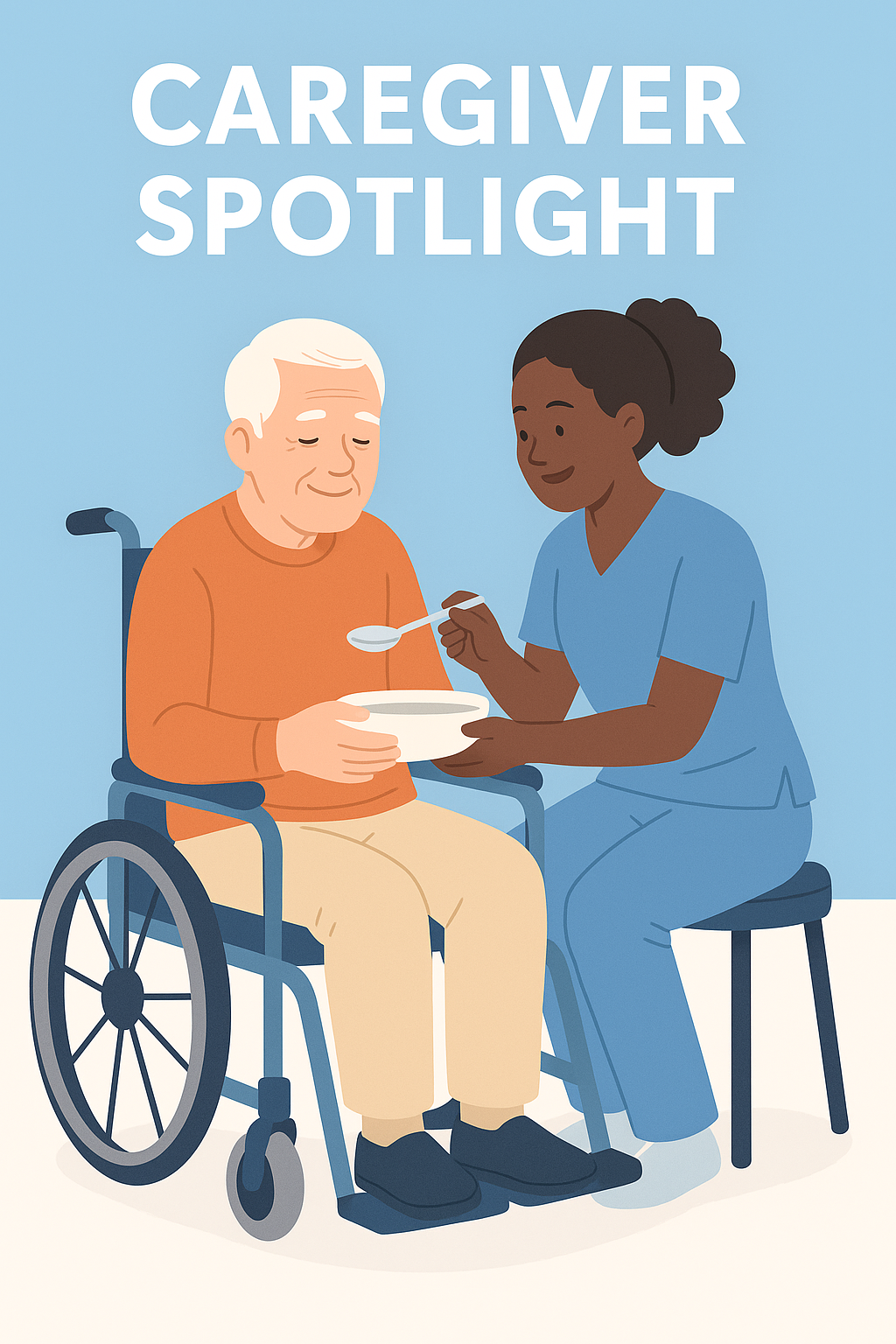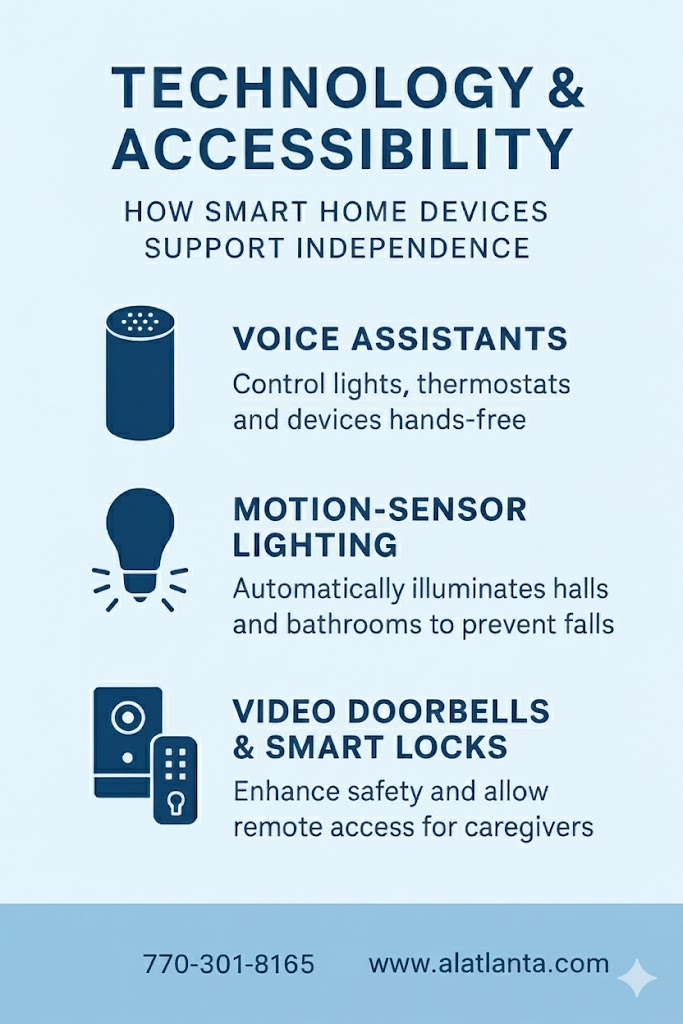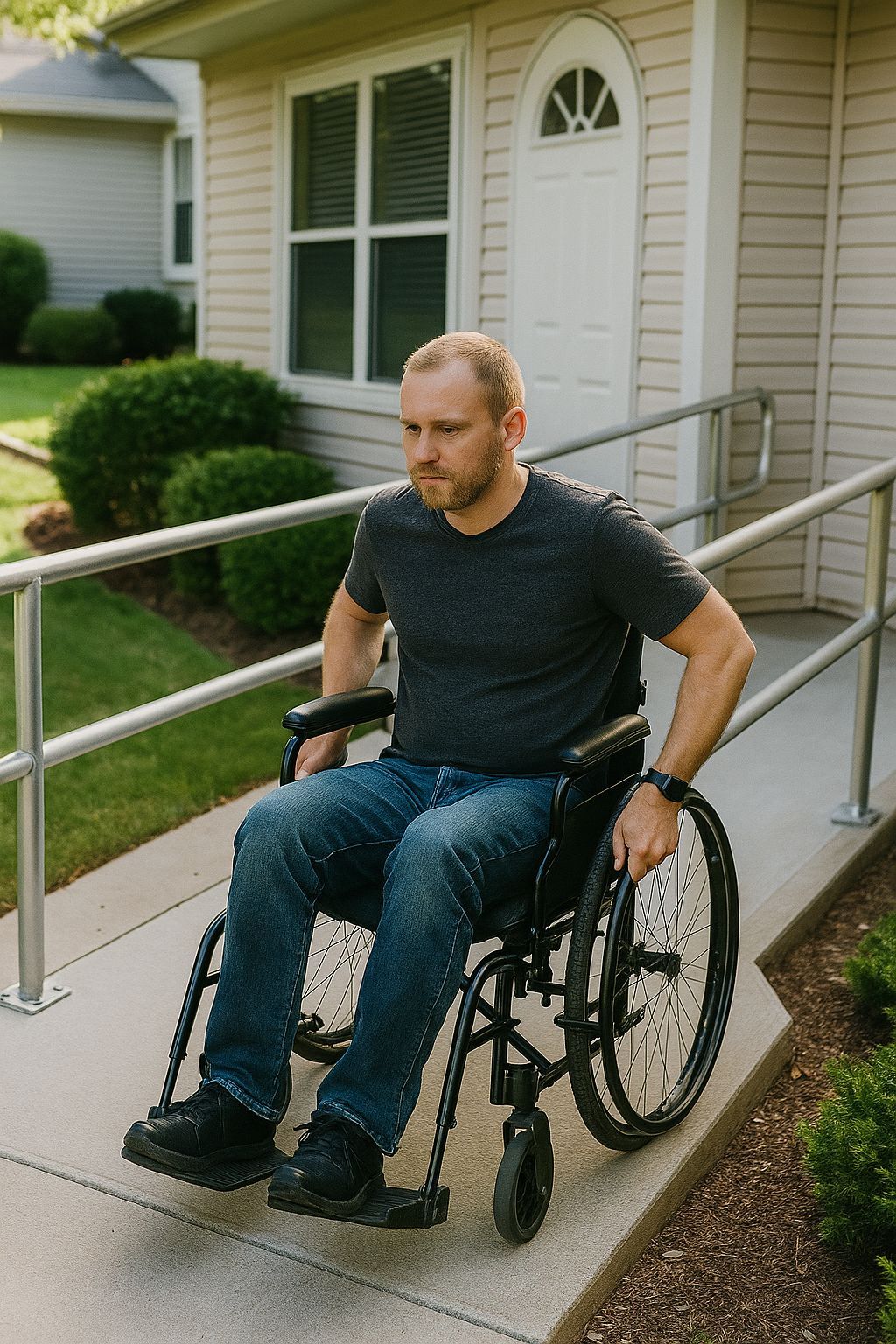Patients Are Relying on Lyft, Uber to Travel Far Distances to Medical Care
Some are calling for states to subsidize the expensive trips for rural residents
When Lyft driver Tramaine Carr transports seniors and sick patients to hospitals in Atlanta, she feels like both a friend and a social worker.
"When the ride is an hour or an hour and a half of mostly freeway driving, people tend to tell you what they're going through," she said.
Drivers such as Carr have become a critical part of the medical transportation system in Georgia, as well as in Washington, D.C., Mississippi, Arizona, and elsewhere. While some patients use transportation companies solely dedicated to medical rides or non-emergency ambulance rides to get to their appointments, the San Francisco-based ride-hailing companies Uber and Lyft are also ferrying people to emergency rooms, kidney dialysis, cancer care, physical therapy, and other medical visits.
But Georgia ride-hail drivers aren't only serving patients living in Atlanta or its sprawling suburbs. When rural Georgians are too sick to drive themselves, Uber or Lyft is often one of the only ways to reach medical care in the state capital.
Rural hospital closures in Georgia have meant people battling cancer and other serious illnesses must now commute 2 or more hours to treatment facilities in Atlanta, said Bryan Miller, director of psychosocial support services at the Atlanta Cancer Care Foundation, a medical practice offshoot that seeks to alleviate financial burdens for cancer patients and their families.
From April 2022 to April 2024, Lyft drivers completed thousands of rides that were greater than 50 miles each way and that began or ended at Atlanta-area medical treatment centers, including the Winship Cancer Institute of Emory University and Emory University Hospital Midtown, according to Lyft.
While 75% of those trips were under 100 miles, the company said, 21% of them were between 100 and 200 miles and 4% were over 200, showing that even Georgians who live hours away from metro Atlanta rely on the ride-hail platform to reach medical care there.
Uber Health global head Zachary Clark declined to provide comparable ridership data. Uber Health is a division of Uber that organizes medical transportation for some Medicaid and Medicare recipients, healthcare workers, prescription drug delivery, and others seeking reimbursement for medical-related Uber rides, according to Uber's website.
Lyft also has a healthcare division, offering programs such as Lyft Assisted and Lyft Concierge to coordinate rides for patients.
Nationwide, some insurance companies and cancer treatment centers, plus Medicare Advantage and state Medicaid plans, pay for such ride-hailing services, often with the goal of reducing missed appointments, according to Krisda Chaiyachati, MD, MPH, an adjunct assistant professor at the University of Pennsylvania medical school.
In 2024, 36% of individual Medicare Advantage plans and 88% of special needs plans offered transportation services, said Jeannie Fuglesten Biniek, PhD, associate director of Medicare policy at KFF, the health policy research, polling, and news organization that includes KFF Health News. A special needs plan provides extra benefits to Medicare recipients who have severe and chronic diseases or certain other healthcare needs, or who also have Medicaid.
And Medicaid -- the federal-state government safety net insurance plan for those with low incomes or disabilities -- paid for up to 4 million beneficiaries to use non-emergency medical transportation services annually from 2018 through 2021, according to an HHS report. Patients residing in rural areas used ride-hailing and other non-emergency transportation providers at the highest rates, the report said.
The estimated total federal and state investment in non-emergency medical transportation was approximately $5 billion in 2019, according to a study by the Texas A&M University Transportation Institute.
Even with some insurance covering trips or charities offering ride credits, social workers say, many ailing patients are still left without a ride. Nationwide, 21% of adults without access to a vehicle or public transit went without needed medical care in 2022, according to a study by the Robert Wood Johnson Foundation. People who lacked access to a vehicle but had access to public transit were less likely to skip needed care.
The data analytics company Geotab ranked Atlanta as tied for second worst in the nation when it comes to the accessibility of its public transportation network.
"The ability to get to a doctor's appointment can be a barrier to care," said Rochelle Schube, a cancer support group facilitator in Atlanta. "If I give a patient $250 in Uber cards and they live far away, that gets spent quickly."
The fact that Uber and Lyft are harder to come by in rural America compounds the lack of medical access in those areas. "When you move to rural areas -- which you could argue have a higher need -- you see fewer services," Chaiyachati said.
Finding drivers who are able and willing to provide medical transportation can be a challenge. The Atlanta-based start-up MedTrans Go connects patients and healthcare providers with vetted drivers, many offering wheelchair or stretcher rides, in Georgia and 16 other states. Many of its drivers have medical training, walk patients to and from medical facilities or their homes, and can handle complex situations for vulnerable patients, said Dana Weeks, the company's co-founder and CEO.
The company's app can also dispatch directly to Uber or Lyft for patients who do not need specialized assistance, she said.
Uber and Lyft trips can save patients and insurers money, costing a fraction of the typical fee for an ambulance ride, said David Slusky, PhD, an economics professor at the University of Kansas who has studied the impact of ride-hailing services on medicine.
But instead of all of that, argued Timothy Crimmins, PhD, a history professor emeritus at Georgia State University and a former director of the school's neighborhood-studies center, the best solution would be for Georgia to expand Medicaid, so more rural hospitals would be able to remain open and Georgians could seek medical care close to home.
The decision by Georgia lawmakers to not accept a federally funded expansion of Medicaid has left more than 1.4 million Georgians without health insurance, according to KFF -- and that hurts rural hospitals when those patients use the medical facilities and cannot pay their bills. In Georgia, 10 rural hospitals have either closed or ceased their inpatient care operations since 2010, according to a 2024 report from healthcare consultant Chartis, and 18 more are in danger of shuttering.
Until more patients are insured, Crimmins said, the state should subsidize Uber and Lyft trips for less prosperous Georgians who need help reaching medical care in Atlanta. "We might be talking about $100 to $150 round-trip," he said. "That can be subsidized."
Still, ferrying around patients is not for every ride-hail driver. Damian Durand said his Chevrolet Equinox SUV is large enough to accommodate a medical passenger requiring a wheelchair, but he isn't paid extra to transport those with medical needs. He said some of his recent passengers in Atlanta have been Medicaid recipients with mental health conditions or disabilities.
"It can be stressful," he said. "I do feel like Uber and Lyft are trying to catch me off guard. When I can see that the ride is going to the hospital, I try to avoid or cancel the ride."
While Durand's experience with medical transport has been mostly negative, Carr loves the work and appreciates being able to help older Georgians, who she said often tip her well. For her, ride-hail work remains a good option even when it entails medical calls.
"It's not stressful for me," she said. "I worked a good 20 years in customer service. For me, human connection is important. I tried to work from home, and I really didn't like it. I prefer this because I can connect with people."
KFF Health News is a national newsroom that produces in-depth journalism about health issues and is one of the core operating programs at KFF -- an independent source of health policy research, polling, and journalism. Learn more about KFF.



